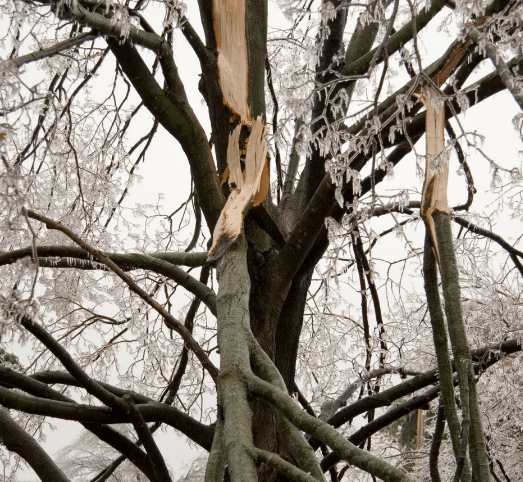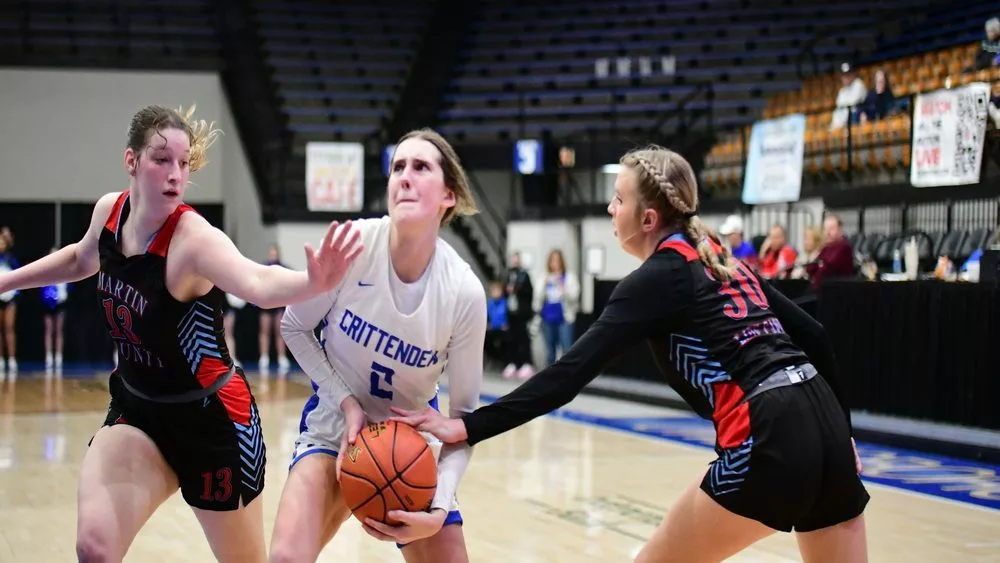With the arrival of spring, we are often faced with the threat of strong storms. If your trees suffer storm damage, how do you decide whether to save or replace them?
Your first consideration is a tree’s loss of ability to feed itself through its leaves. A loss of 25 to 30 percent of a tree’s leaf-producing branches is similar to hard pruning and really won’t cause severe injury. However, a loss of 50 percent or more may be too much for the tree to recover.
A second consideration is the size of injuries formed as a result of tree breakage. If the main trunk broke and a large gaping wound resulted, the tree probably can’t be saved. Decay fungi enter tree wounds and work their way up and down from the damage site. New rings of growth will retard the fungi from growing outward with the tree, but you may be left with a hollow center. This could cause the tree to fail later.
If one or both of these considerations convinces you to replace the damaged tree, grind out the stump and wait until fall to plant the new tree. Waiting allows the remains of the tree to rot away and gives you time to choose a good replacement tree.

Cheapest can quickly become the most expensive when hiring someone to take down a tree. Be sure to hire someone with liability insurance (an “I’m sorry” will not pay for damage to your property or neighbor’s.) Also, hire someone with workman’s compensation insurance (without it, if someone is injured; you become the responsible party.)
If you decide to save damaged trees you need to take action as soon as it occurs. The wound needs to be cleaned up. Remove any stubs back to the next branch while carefully maintaining the branch collar. The branch collar – the thickened bark around the base of a branch – contains most of the biochemical reactions that the tree will need to defend itself against disease.
When removing branches be sure to take big branches down in pieces and make proper cuts to keep their fall from tearing bark off the tree. Use a 3-point pruning method for larger limbs. Begin with an undercut several inches out from the tree’s trunk. Make this cut slightly less than half the limb’s diameter. Second, remove the limb by making a pruning cut just beyond the undercut. The undercut will prevent the limb from tearing bark away from the trunk. Finally, remove the remaining stub by pruning just outside the branch collar. If the job is too much work, hire a licensed, bonded and insured tree service to do the pruning for you.
For more information on saving or replacing damaged trees, contact the Christian County Cooperative Extension Service office, which also has information on selecting tree varieties and keeping them healthy.
For more information on saving or replacing damaged tree, join my weekly Zoom meeting called “Garden Q&A Live”, Thursdays from 12:00 to 1:00pm. For details visit: www.ChristianCountyHorticulture.com.
— Kelly Jackson, Christian County Extension Agent





